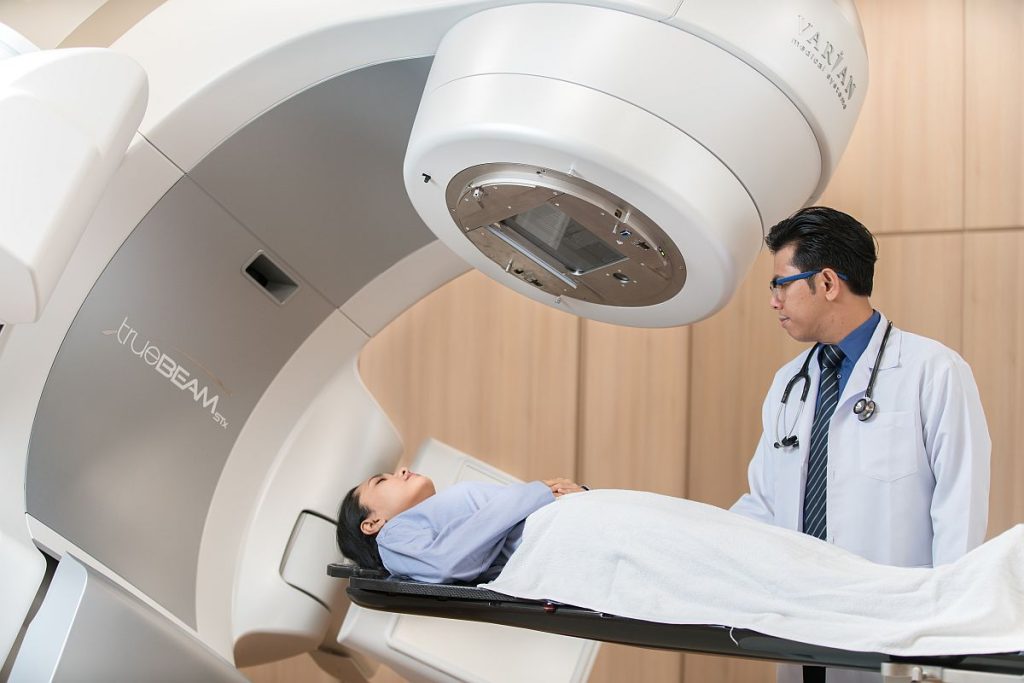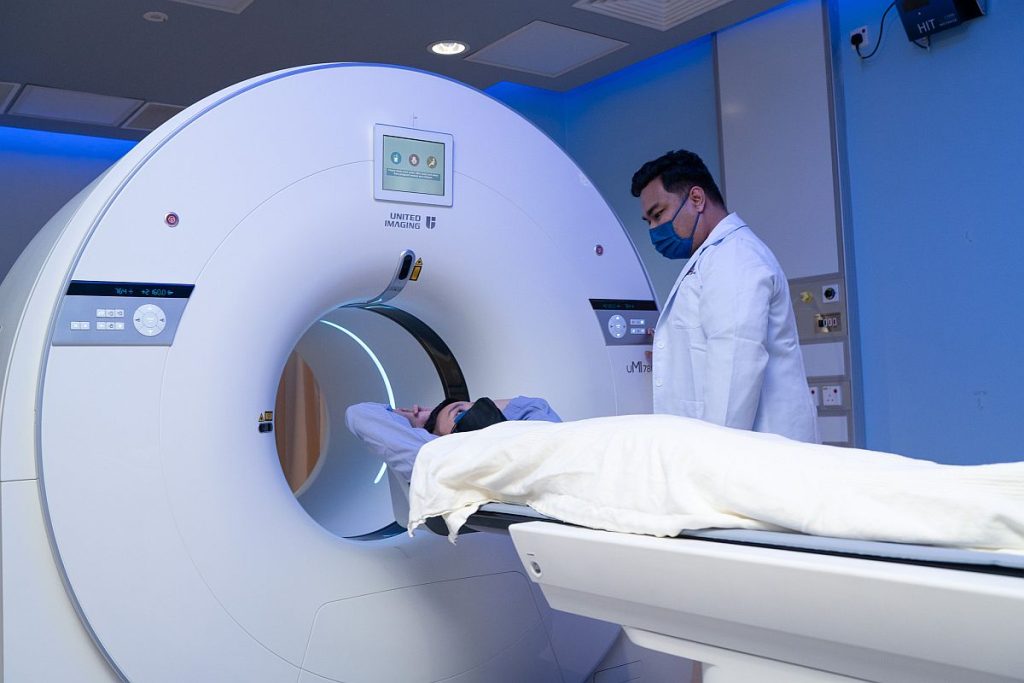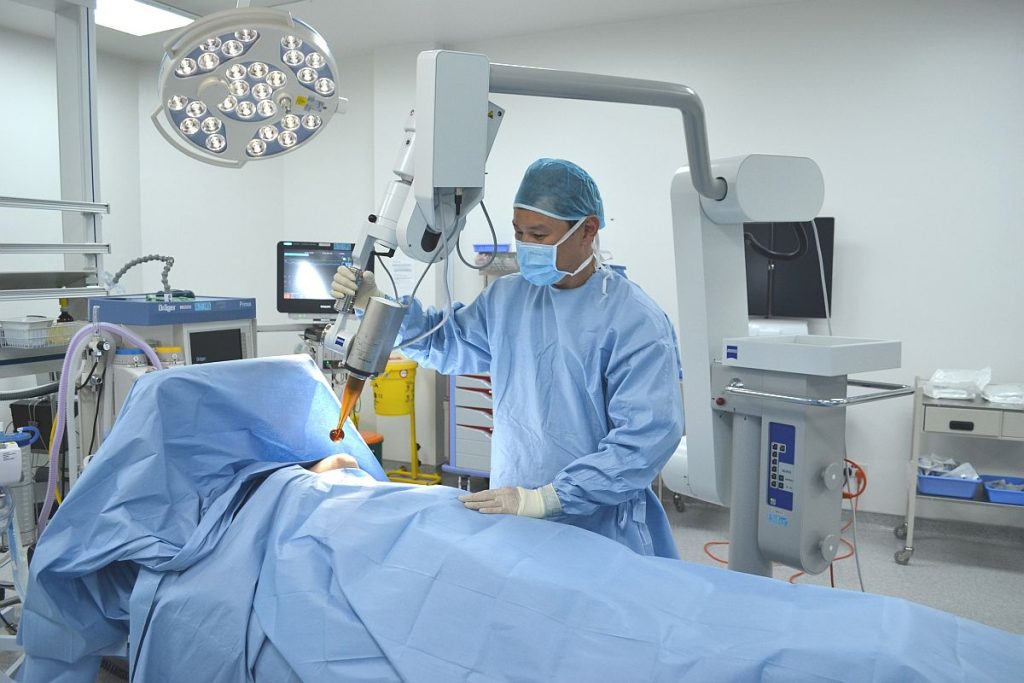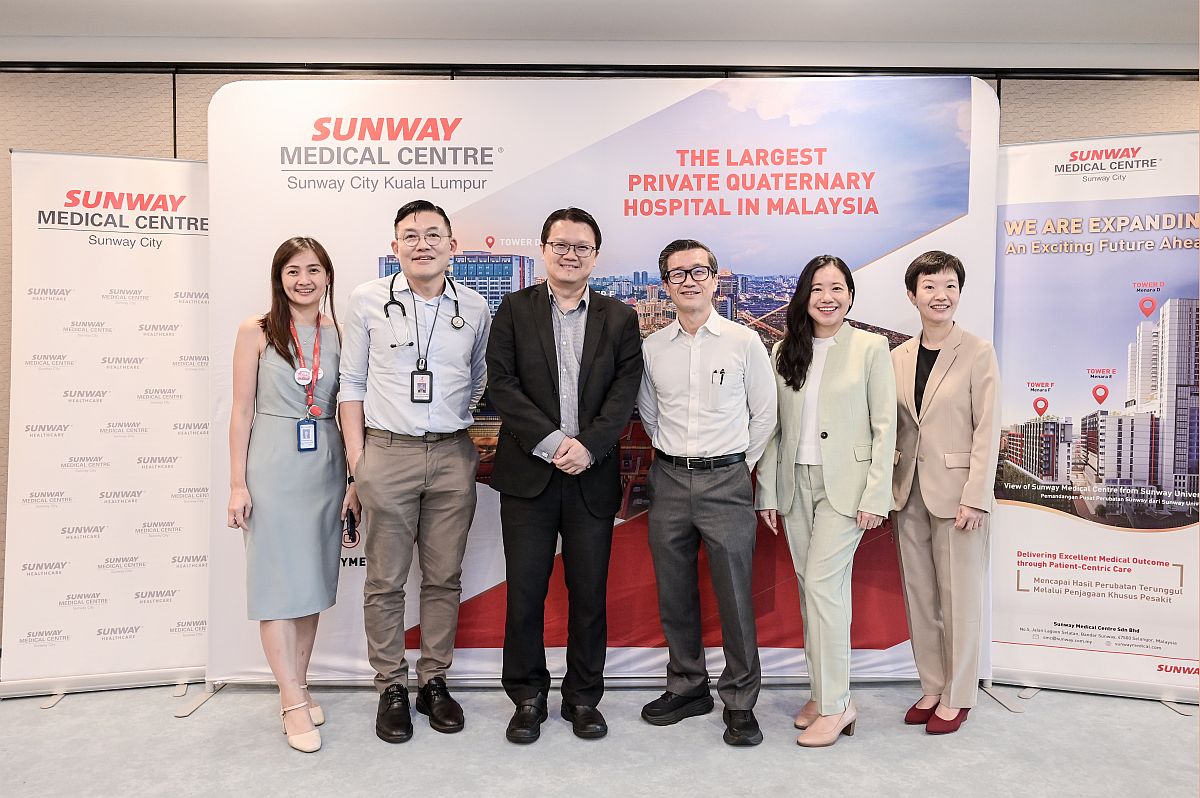PETALING JAYA, Feb 21 — Cancer patients at Sunway Medical Centre, Sunway City receive tailored treatment programmes developed by a multidisciplinary team of not just specialist doctors, but also allied health care professionals.
Sunway Medical Centre, Sunway City (SMC) CEO Dr Seow Vei Ken stated that the multidisciplinary approach is one of the key pillars of cancer care at Sunway Cancer Centre. The multidisciplinary teams comprise surgeons, oncologists, haematologists, radiologists, nuclear medicine physicians, palliative care physicians, and even dietitians.
“Our multidisciplinary team comprises specialists across all the subspecialties. This is to ensure that every patient benefits from a holistic and integrated approach to their treatment.
“So, multidisciplinary treatment to the patient is key,” said Dr Seow in a speech at a Sunway Cancer Centre event in January.
The diversity of the team allows doctors to provide patients with holistic treatment, which takes into consideration how various aspects of life are affected by cancer.
While the multidisciplinary teams can tackle a variety of patient concerns, SMC consultant clinical oncologist Dr Jennifer Leong Siew Mooi said that getting patients to accept the multidisciplinary approach can be slightly challenging, especially when it comes to palliative care.
Palliative care is a field to aid in improving or managing the patients’ quality of life and the life of their families who are facing challenges associated with life-threatening illnesses.
The World Health Organization (WHO) states that palliative care is meant to prevent and relieve suffering through the early identification, correct assessment and treatment of pain and other problems, be it physical, psychosocial or spiritual. This is indeed a desirable service for cancer patients whose disease can bring them an extreme amount of physical and mental pain.
“We refer [patients to] palliative care early because we want them to walk hand-in-hand with us when we treat our patient. So, we can start pain control alongside active treatment,” Dr Leong said.
“We assure our patients that we want them to get better. As oncologists, we work closely with other teams, especially pertaining to supportive care.”
By introducing our patients to the palliative care team in the early stages, Dr Leong hopes to change the perception of both the patients and their families about palliative care.
Weekly Tumour Board Meetings At Sunway Cancer Centre

In addition to the multidisciplinary team, Sunway Cancer Centre also hosts weekly tumour board meetings.
A tumour board is a group of doctors and other health care professionals with different specialities that meet regularly.
According to Dr Leong, the tumour board meets and discusses various complex cases that are time sensitive.
“When you have a tumour board, you have various opinions that come in from the oncologist, the pathologist, the radiologist. So, we discuss complex cases so that we can decide the best practice for our patients.
Cancer-Specific Machines At Sunway Cancer Centre

Dr Leong said that the two main components of treating cancer are systemic therapy and radiotherapy, and to facilitate treatment, SMC has invested in the latest technology which treat specific types of cancers.
With its confluence of sophisticated machinery and expertise, SMC is one of the most advanced private cancer care hospitals in the country.
One such machine is the Gamma Knife machine which uses highly sophisticated non-invasive treatment that uses a beam of radiation to damage targeted tissue in a precise manner while minimising exposure to healthy surrounding tissues and critical structures. Most patients will commonly only need a single session of treatment, but for some patients, treatment could be divided across several sessions.
Another machine which has greatly aided in reducing the turnover time for cancer treatment is the acquisition of a digital PET/CT scanner. This machine helps with nuclear medicine imaging which uses small amounts of radioactive materials. These radioactive materials are known as radiotracers, or radiopharmaceuticals, and are utilised together with a PET/CT scanner to evaluate organs as well as tissue metabolic activity.

In addition, SMC has also acquired another advanced cancer treatment with 3D imaging and Linear accelerator radiation therapy (LINAC) technology, called The Varian TrueBeam™ for precise tumour targeting, customising radiation delivery to spare healthy tissue.
According to SMC business development of oncology services manager Amy Chan, the digital PET machine has a scanning time of 10 to 15 minutes, whereas the older machine took about 30 to 40 minutes to complete a scan.
“The elderly patients or children will always use the digital PET/CT scan to screen the whole body. Here, we have two PET/CT Scanners to shorten waiting time.
“We have patients who travel all the way here for a scan as the technology is unavailable in their state,” said Chan in a tour of the machines that SMC has acquired through the years.
Within a day, the hospital can accommodate up to 30 patients for scanning purposes.
SMC Provides Stem Cell Collection Services For MOH Hospitals, Public-Private Partnerships For Targeted Treatments

Dr Chang Kian Meng, SMC’s special haematology laboratory director/ consultant haematologist and transplant medicine, said that the hospital works closely with Ministry of Health (MOH) hospitals, providing stem cell collection services for government hospitals.
“For example, in another state, they may have a transplant centre but they only do autologous transplants and don’t have a stem cell collection facility. So, sometimes when they aren’t able to get stem cells collected in government facilities or hospitals, they send it to us and we help them collect those stem cells.
“We store the stem cells here and when they perform the transplants over there, we send the stem cells over to the state so that they can do it under the Ministry of Health facility.
“Often, they can’t do the transplants or if the transplants are too complex, they perform them here, then we send it back to the patient for their follow-up,” said Dr Chang during the question and answer session of the event.
Paediatric Oncologist: We Try to Delay Radiotherapy For Children

Despite possessing sophisticated chemotherapy and radiation machines to treat cancer, SMC consultant paediatrician and paediatric haematology and oncology physician Dr Yap Tsiao Yi said paediatric oncologists shy away from radiation therapy as much as possible due to the negative long-term effects such treatment can have on children.
“In circumstances where we cannot eliminate radiation, for example, brain tumour and certainly, solid tumours, radiotherapy is still part of therapy. However, we try to find ways where we can delay radiotherapy.
“So, in children with brain tumours, we try to delay radiotherapy beyond three years of age, so we don’t cause much harm. [However,] with the new different technologies that are able to target the area of radiation, the area becomes small, then the spill of radiation to the hormone tissue becomes less, and so you then end up having less side effects,” said Dr Yap in an interview with CodeBlue.
While this targeted treatment is available at SMC, targeted treatments available for children are limited.
As paediatric cancer only affects one per cent of the world’s children, the small number of patients to study has resulted in limited research. To counter this, the majority of childhood cancer research is done in groups across various countries.
“It’s slightly challenging in that a lot of the molecular changes that you find in adult cancers, are not found in children. Because invariably there are two different diseases, even though they share the same term, ‘cancer’.
“So, with an increase number of childhood studies, we perform our own different next-generation sequencing, molecular studies to identify what are the targets. I would say that we do use target therapy in some cancers, but certainly not as first-line therapy, unless, cases like CML (coronary myeloid leukaemia). Children do get CML, so they are also put on the tyrosine kinase inhibitors and take the same tablet as well.
“So, it depends on the type of latency and the types of targets that they have. It is certainly available for certain kinds of childhood cancers.”
Therefore, for children, Dr Yap said that doctors don’t treat diseases as a single unit, but rather, doctors delve into the molecular and cytogenetic findings of the diseases before establishing a treatment regime. After that, doctors will decide upon the risk of the patient based on their response to the treatment.
“Those patients with extremely low or good risk, they don’t have any untoward genetic changes that are concerning or their response to therapy within the plasma is extremely receptive.”
To quickly determine the risk status of the patient, SMC also has its own in-house minimal residual disease (MRD) testing. According to Dr Yap, most health care facilities send the samples to other labs to get tested, and in the public health sphere, the samples would most likely get sent to the Institute for Medical Research (IMR).
“[MRD] can help us direct therapy. Depending on the risk status of the patient, we can direct the treatment. For example, if you’re a good-risk patient, you would likely get less chemotherapy, achieving a good survival upwards to more than 90 per cent for standard risk ALL (acute lymphoblastic leukaemia). At the same time, we also reduce the amount of chemotherapy given to these patients.
“And when you reduce the number of chemotherapies given, or the toxic chemotherapy, then they will have less late effects.”
MRD is a term used to describe a small number of cancer cells in the body after cancer treatment. The number of remaining cells may be insignificant that they do not cause any physical signs or symptoms and often cannot even be detected through traditional methods, such as viewing cells under a microscope and/or by tracking abnormal serum proteins in the blood. An MRD positive test result means that residual (remaining) disease was detected. A negative result means that residual disease was not detected.
Targeted Precision Medicine: The Future Of Cancer Treatments

SMC perceives Precision Medicine to be one of the most ideal cancer treatments, adding that precisely targeting the designated spots where the cancer is located reduces the treatment’s side-effects experienced by the patients.
Different genetic profiles require different treatments, and for that, SMC is offering Comprehensive Genomic Profiling (CGP), a test that examines the entire genetic makeup of cancer cells to identify mutations.
CGP is a diagnostic test specifically designed to analyse the complete genetic composition of cancer tumours, seeking out mutations.
Next-generation sequencing (NGS) is the rapid technology that CGP employs to simultaneously analyse numerous genes at once, assisting doctors in selecting more personalised treatments for cancer patients.










